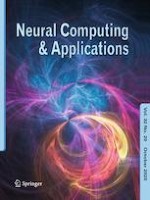16.05.2018 | S.I.: Advances in Bio-Inspired Intelligent Systems
Evaluation and analysis of ear recognition models: performance, complexity and resource requirements
Erschienen in: Neural Computing and Applications | Ausgabe 20/2020
EinloggenAktivieren Sie unsere intelligente Suche, um passende Fachinhalte oder Patente zu finden.
Wählen Sie Textabschnitte aus um mit Künstlicher Intelligenz passenden Patente zu finden. powered by
Markieren Sie Textabschnitte, um KI-gestützt weitere passende Inhalte zu finden. powered by
